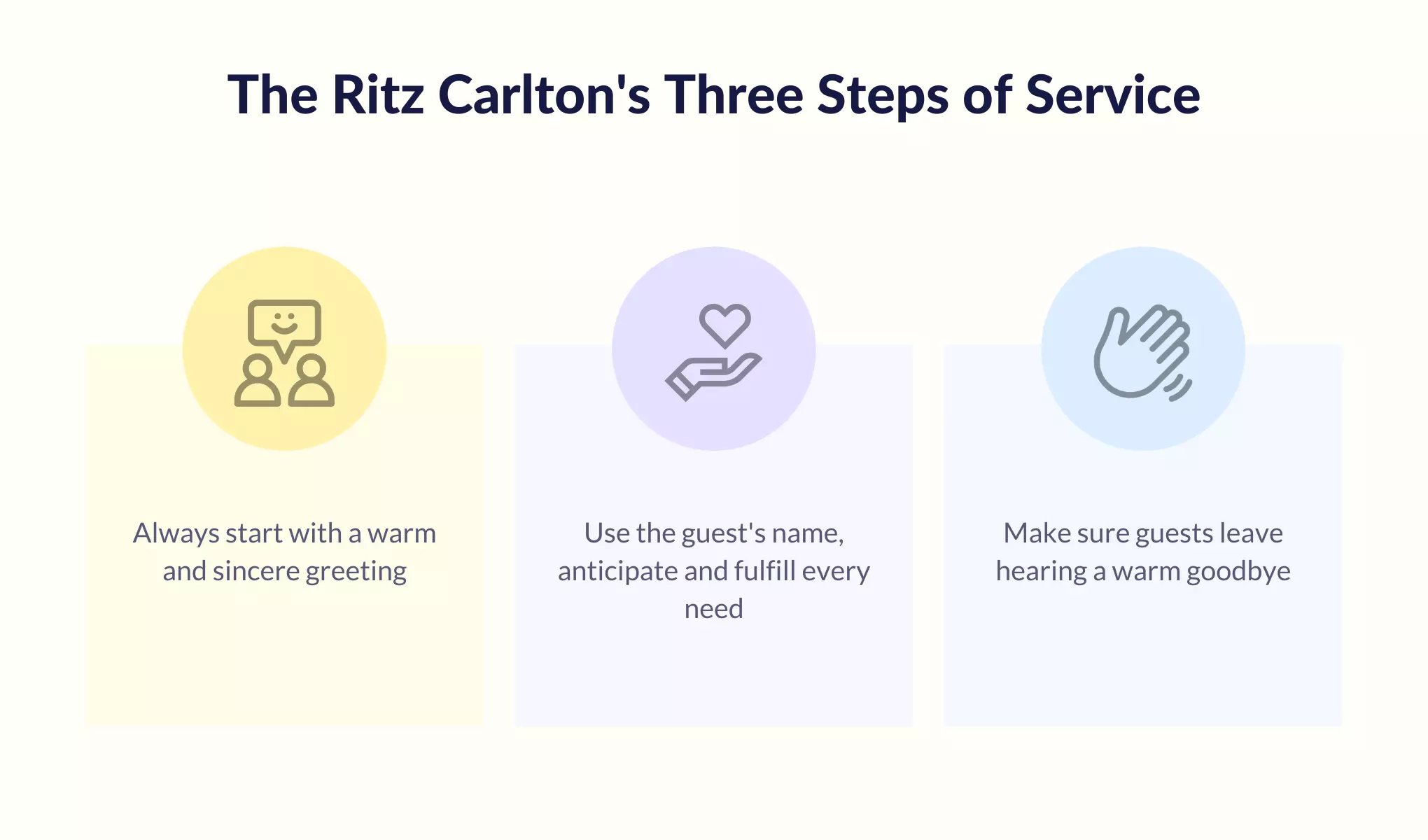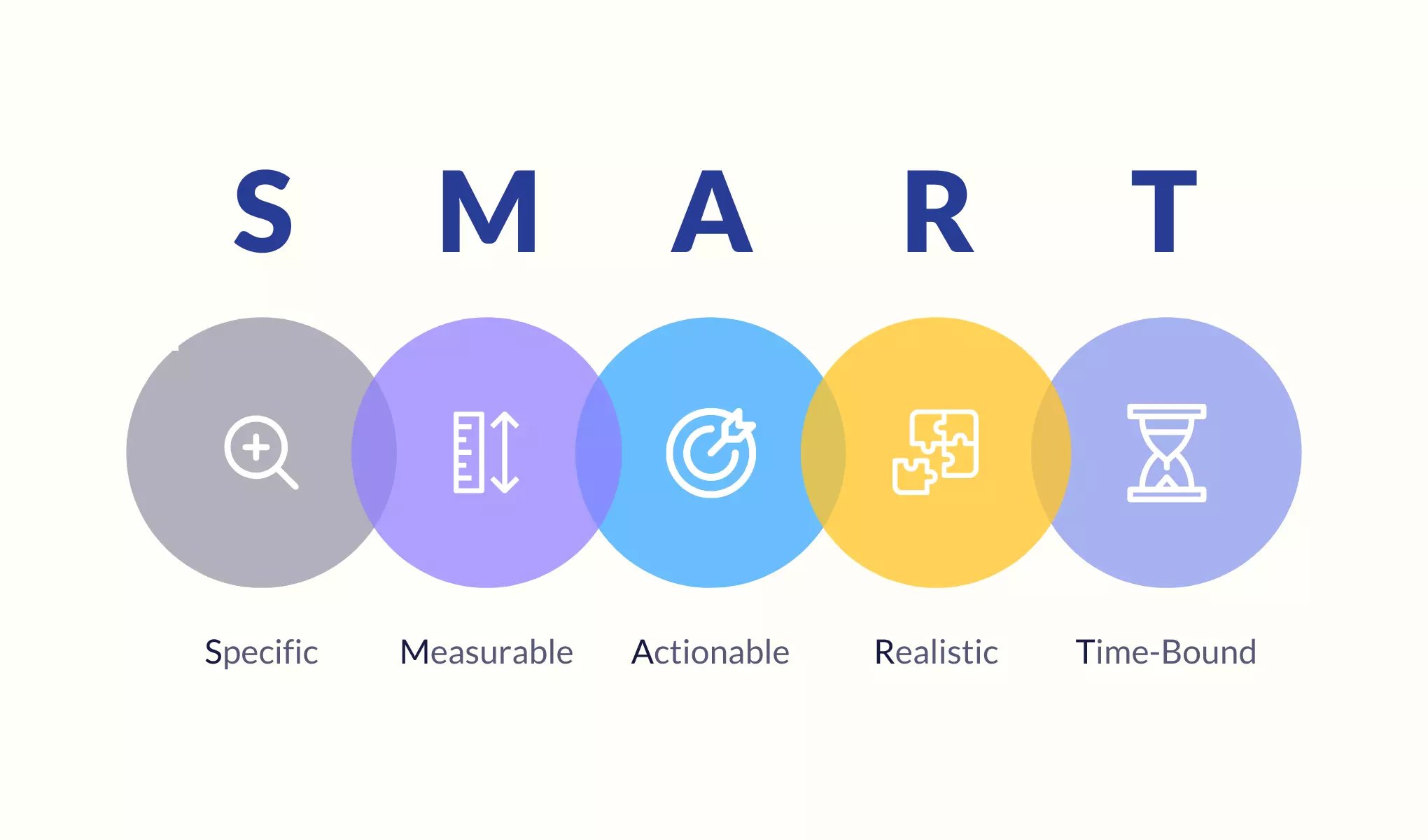
Table of contents
8000+ teams use Hiver to delight their customers!
5 Steps to Improve Higher Education Customer Service

Table of contents
Who would you want to hire when you want to train your employees to give excellent customer service?
How about the Ritz Carlton – the world-renowned luxury hotel chain that prides itself on delivering gold standard customer service.
That’s precisely what several schools and colleges in St Louis, Missouri did. More than 150 college presidents and administrators participated in a customer service conference.
Table of Contents
- Poor customer service in higher education is more common than you think
- The Ritz Carlton approach to customer service
- Treating students as customers
- How do you deliver excellent customer service in higher education?
- Developing a customer service mindset
- Steps to deliver excellent customer service at your educational institution
- Wrapping up
Poor customer service in higher education is more common than you think
This was keeping in mind the notoriously impersonal and bureaucratic front-office student support functions blamed for worsening the already high college dropout rate.
Some examples of bad customer service in education include Registrars, Financial-aid offices, and academic advisors. They are often spread out in separate offices, which are open only during business hours.
And even when they are on duty, waiting periods can be excruciatingly long since only a limited number of staff cater to a large volume of students.
The Ritz Carlton approach to customer service
They were there to learn the Three Steps of Service that the Ritz Carlton follows world over to give their guests a five-star hotel experience:
- Always start with a warm and sincere greeting.
- Use the guest’s name, anticipate and fulfill every need.
- Make sure guests leave hearing a warm goodbye.
And to translate these learnings and apply them to their respective schools and colleges.
“We’re a people business,” says Gayle Saunders, president of Richland Community College in Illinois and one of the conference attendees. “We were looking at how we can engage with students in a way that makes them feel comfortable,” he added.

Treating students as customers
The first hurdle to addressing this is treating students as customers. At first glance, this might seem like an issue only to do with semantics; in reality, adopting a customer mindset can bring about a world of difference to higher education — one that it’s currently grappling with.
However, Jackson College President – Daniel Phelan, also one of the conference attendees, believes that developing a customer mindset in higher education is possible.
“They are customers until the moment they walk into the classroom. Then they become students.” Phelan says.
How do you deliver excellent customer service in higher education?
Start by setting a goal. Your goal should be to deliver customer service that is nothing like the DMV and more like that of Zappos or Amazon. This means that every employee in your school/college must be made aware of how important customer service is to higher education.
Do the math to understand that the cost of poor customer service in higher education can be staggering.
We’ll give you an example. Let’s consider the state of Arizona, where K-8 schools lose 1200 students every year because of poor customer service. If the reimbursement cost per student stands at $6100 every year, it translates to a whopping $7.3 M lost by the state each year.
In states like New York and California, where the student reimbursement is much higher — close to $20,000 per student, you can see the impact that this would have on the state’s budget.
And if you take the example of a private educational institution where there is no state support, losing students could mean shutting down programs and even getting rid of staff members.
This little back-of-the-envelope calculation should help employees at higher education institutes realize how poor customer service affects them.
However, the good news is that schools that meet these customer service expectations can increase retention by 20 percent.
Developing a customer service mindset
After setting your customer service goals, it is essential to develop a customer service mindset. This can be done by understanding and meeting what students want from an educational institute.
Essentially, this could mean translating Ritz-Carlton’s Three Steps of Service into actionable tasks for higher education.
This means that students would want to attend classes at an institute that:
- cares about them,
- helps them unlock their potential,
- treats them with care and respect,
- proactively listens to their needs and concerns,
- keeps them informed about things that could affect them,
- and, most importantly, provides them with accurate and timely answers to their questions.
By following the set steps given below, you can transform your higher education institution into one that delivers excellent customer service to students at every touchpoint.

Steps to deliver excellent customer service at your educational institution
Step 1: Conduct an internal audit
This step is critical in helping you understand the most critical gaps in your customer service processes. Start by taking a look at your website.
- How easy is it for your students to access the information that they need?
- How easy is it to enroll in a program?
- How easy is it for international students to access your website and find the information that they need?
- How do you communicate with your students?
Next, audit your communication processes.
- How many channels of communication do you have and how effectively are you utilizing them?
- How long does it take you to respond to emails and phone calls made by students?
- How many follow-ups do you have before a conversation is satisfactorily completed?
And finally, take a hard look at the customer feedback you’ve been given in the past. Look for commonly occurring complaints, try to find patterns and gaps in responsiveness.

Getting answers to these questions can help you find your weaknesses and eliminate them.
Step 2: Streamlining processes by going digital
In the twenty-first century digital world, customer expectations are higher than ever, and educational institutions aren’t exempted here.
Can you streamline processes and put them online?
Can the right customer service tools help you reduce the hoops that students need to jump through to help them get faster, more accurate responses, and provide an infinitely better student experience?
The answer is a loud, resounding yes. Take the example of Boise State University — a large publicly funded university located in Boise, Idaho. The Office of Sponsored Programs (OSP) at Boise State University would routinely receive complaints from sponsors, faculty members, administrators, and others, asking why employees don’t respond to emails. Missing critical emails often had disastrous consequences, like making the university ineligible to receive awards or having unreimbursed research expenditures.
Their search for a tool to manage their emails better led them to Hiver — a Gmail-based customer service software. Implementing Hiver ensured no more missed emails and that all emails received a response within a two-day window. What’s even more impressive is that they could save up to 197 hours every month, ensuring that the team had enough bandwidth to stay efficient and productive.

Step 3: Implement customer service training
Conduct annual customer service training drives at your school/college. Bring in a mix of industry experts from the corporate world as well as the education sector. Have them conduct function-specific training, i.e., front office, administrative staff, teaching staff, and supporting functions.
Let it not be a “do it once and forget it type of exercise.” Instead, ensure that each annual customer service training session is interactive, actionable, and updated regularly to meet students’ ever-growing needs.
One great way to make your customer service training more effective is with the help of customer service training games. Some examples of customer service training games that you could conduct at your school/college include:
- “Here’s What, This is Why”: This customer service training game puts your employees in your customers’ shoes and teaches them how to explain your processes to the customer and why it’s essential. It involves two volunteers and a series of questions and answers designed to help your customer service team understand the importance of setting the context in the right way.
- “Yes We Can”: This customer service game teaches your staff about setting expectations in the right manner. No matter how absurd a customers’ request may seem, this game will help your staff decline it without saying no. It will make it earlier for your team to always give positive answers to questions to be more solution-oriented.
- “Say my name!”: Forgetting a name can ruin a customer service experience. This game provides customer service training ideas for developing communication skills and remembering names longer.
Know more: For customer service training game ideas and instructions on conducting them, check out this blog post where we’ve collected our ten best customer service training games.
Needless to say, in today’s times, not all of this needs to be done in person. Some of these training sessions can even be delivered in the form of webinars. This gives your team much higher accessibility as well as the chance to learn from a more diverse pool of experts.
Step 4: Gamify your customer service
What’s the best way to ensure that your staff is motivated to deliver excellent customer service? Gamification. To reinforce outstanding customer experience examples wherein your staff members have gone out of their way to help a student, create a system of recognition and rewards.
Through gamification, you can introduce an element of friendly competition among your staff members that encourages them to push themselves and have a little bit of fun while they’re at it.
Here are some ideas on how you can gamify customer service at your school or college:
- Create a performance leaderboard: Develop a point system and create a leaderboard for your student services team. This will help them stay motivated while indulging in a spot of friendly competition.
- Rewards and recognition: Reward outstanding customer service behavior by your staff with small yet meaningful gifts or certificates.
- Create clear and easily achievable goals for every team member: People tend to perform better when they are given clear, measurable, and easily achievable goals. As an owner/team manager, you need to take time to create goals (ideally SMART goals) for every individual in your organization specific to their function.

Help them celebrate these little successes by rewarding them and finding ways to share their stories. This way, you’ll be able to give everyone clear examples of what they need to strive for.
Step 5: Improve and repeat
There’s no other way to do this. Review your processes at regular intervals, reevaluate your customer service progress, and finally apply your learnings to continuously improve the customer service level that you are providing to your students.
One way to do this is by creating a Ghost Shopper. Traditionally, ghost shopping, also called mystery shopping, secret shopping, and so many other names, is a market research tool where an undercover employee visits a place (for example, a restaurant, a hotel, a bank, or a retail store) to assess the quality of service offered.
This can be quite easily used to judge the quality of customer service offered by your educational institution. Have an employee or a friend/acquaintance go undercover to interact with your customer service team. Throw in as many varied scenarios as possible to maximize the number of touchpoints they interact with and record your findings.
Analyze the data to find the bottlenecks and work on them till you have ironed them out and you’re delivering high-quality customer service.
Wrapping up
Meeting the demand for excellent customer service and treating students as customers doesn’t demand sacrificing academic standards. This is because the tenets of good customer service, i.e., responsiveness, efficiency, clear communication, and conflict management, have little to do with academic processes.
So go on ahead and empower your employees and turn them into higher education professionals to deliver the best customer service that they can, so that you can retain more students, mold them into graduates, and achieve student success.

































